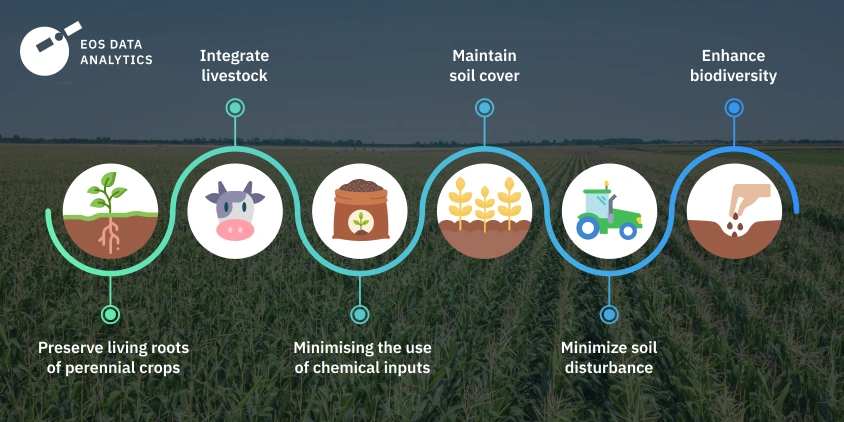Exploring the Science Behind Microencapsulated Powder Flavours in Food Applications
- Digital Marketing
- May 7
- 4 min read
Updated: May 12
In the ever-evolving world of food technology, the pursuit of enhancing taste, shelf life, and consumer satisfaction has led to remarkable innovations. One such advancement is the development of microencapsulated powder flavours, which are transforming how flavours are used in food processing and manufacturing. But what exactly are microencapsulated flavours, and how do they work? Let’s dive into the science behind this fascinating technology and explore its vast potential in food applications.

What Is Microencapsulation?
Microencapsulation is a process in which tiny particles or droplets of a substance (in this case, flavours) are surrounded by a coating to give small capsules with useful properties. These capsules can be designed to release the core material slowly over time, at a specific temperature, or when exposed to moisture.
In flavour encapsulation, volatile flavouring compounds are protected by a shell material—usually made from carbohydrates, proteins, or lipids—forming a stable, dry, powdered form. This helps preserve the flavour, prevents degradation, and allows for targeted release when the food is being consumed or prepared.
Why Encapsulate Flavours?
Flavours are often volatile and sensitive to heat, light, oxygen, and moisture. In their raw form, they can lose potency during food processing or storage. Here’s where microencapsulation comes in:
Protection from Degradation: The outer shell acts as a barrier, shielding the flavour compounds from environmental factors like oxidation or humidity.
Extended Shelf Life: Encapsulated flavours retain their aroma and taste for longer durations, even in challenging storage conditions.
Controlled Release: These powders can be engineered to release flavours at a specific time—during cooking, chewing, or digestion.
Masking Off-notes: Some functional ingredients have unpleasant tastes or odours. Microencapsulation can mask these while ensuring the core ingredient remains effective.
The Science Behind the Process
The process of microencapsulation involves several techniques, each tailored to the needs of the final product. Common methods include:
Spray Drying: One of the most widely used techniques in the food industry, spray drying involves creating an emulsion of the flavour compound and coating material. This emulsion is then sprayed into a hot chamber, where the water evaporates quickly, leaving behind dry, powdery microcapsules.
Freeze Drying: This method preserves heat-sensitive compounds by removing moisture under low temperatures and vacuum. It results in highly porous structures with good rehydration properties.
Fluid Bed Coating: Here, the core material is suspended in a stream of air, and the coating is applied in layers. It allows for precise control over the thickness of the encapsulating shell.
Coacervation: This involves the separation of a polymer-rich phase (coacervate) from a solution, which wraps around the flavour droplets and hardens into a protective shell.
Each technique has its advantages and is chosen based on the nature of the flavour, desired release characteristics, and cost-effectiveness.
Applications in the Food Industry
Microencapsulated powder flavours are widely used in a variety of food products. Their stability and versatility make them ideal for numerous applications, including:
1. Beverages
Powdered drink mixes, instant coffee, and sports drinks benefit from encapsulated flavours that dissolve quickly and deliver a burst of aroma and taste when prepared.
2. Bakery Products
Flavours in baked goods can degrade at high baking temperatures. Encapsulated flavours help retain the aroma and intensity of vanilla, chocolate, cinnamon, and more.
3. Dairy and Frozen Foods
In yoghurts, ice creams, and frozen desserts, controlled flavour release enhances the eating experience without overwhelming the palate.
4. Snacks and Cereals
Encapsulated flavours are commonly added to breakfast cereals, snack coatings, and granola bars to improve flavour retention and prevent spoilage during storage.
5. Nutraceuticals
Supplements and functional foods often use encapsulated flavours to mask bitter or unpleasant tastes of active ingredients like vitamins, minerals, or herbal extracts.
Benefits to Food Manufacturers
Food manufacturers are increasingly adopting this technology for its many benefits:
Cost Efficiency: With better flavour retention, less quantity of flavour is needed, leading to reduced costs.
Product Consistency: Uniform distribution of flavour throughout a product batch ensures consistent consumer experience.
Improved Handling and Mixing: Powdered encapsulated flavours are easier to handle and mix compared to liquid flavours, especially in dry food formulations.
Future Trends in Microencapsulation
The microencapsulation market is expected to grow rapidly with advancements in materials science and consumer demand for clean-label, flavourful, and functional foods. Research is ongoing into natural encapsulating agents, biodegradable polymers, and even smart capsules that respond to body temperature or pH for targeted delivery.
Moreover, AI and data analytics are being employed to optimize encapsulation parameters for enhanced performance. Innovations in nanotechnology are also paving the way for nanoencapsulation, allowing even finer control over flavour release and bioavailability.
Final Thoughts
Microencapsulated powder flavours represent a significant breakthrough in food science. By protecting delicate flavours and enabling precise delivery, they ensure that consumers enjoy every bite or sip just as intended. For food manufacturers, the technology offers a perfect balance of efficiency, quality, and innovation.
As the food industry continues to push boundaries in taste, texture, and functionality, microencapsulation will undoubtedly play a central role in shaping the future of food.







Comments